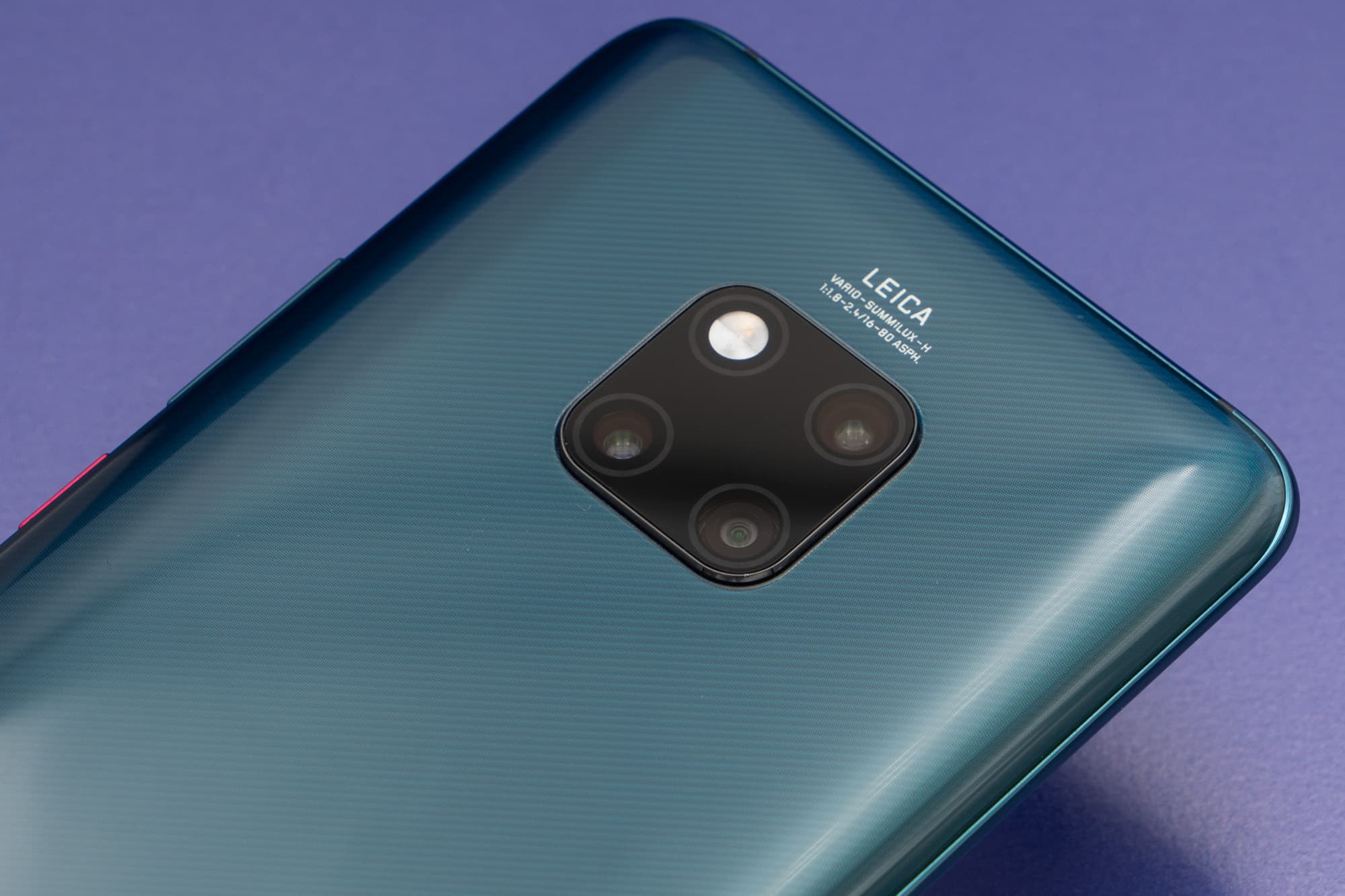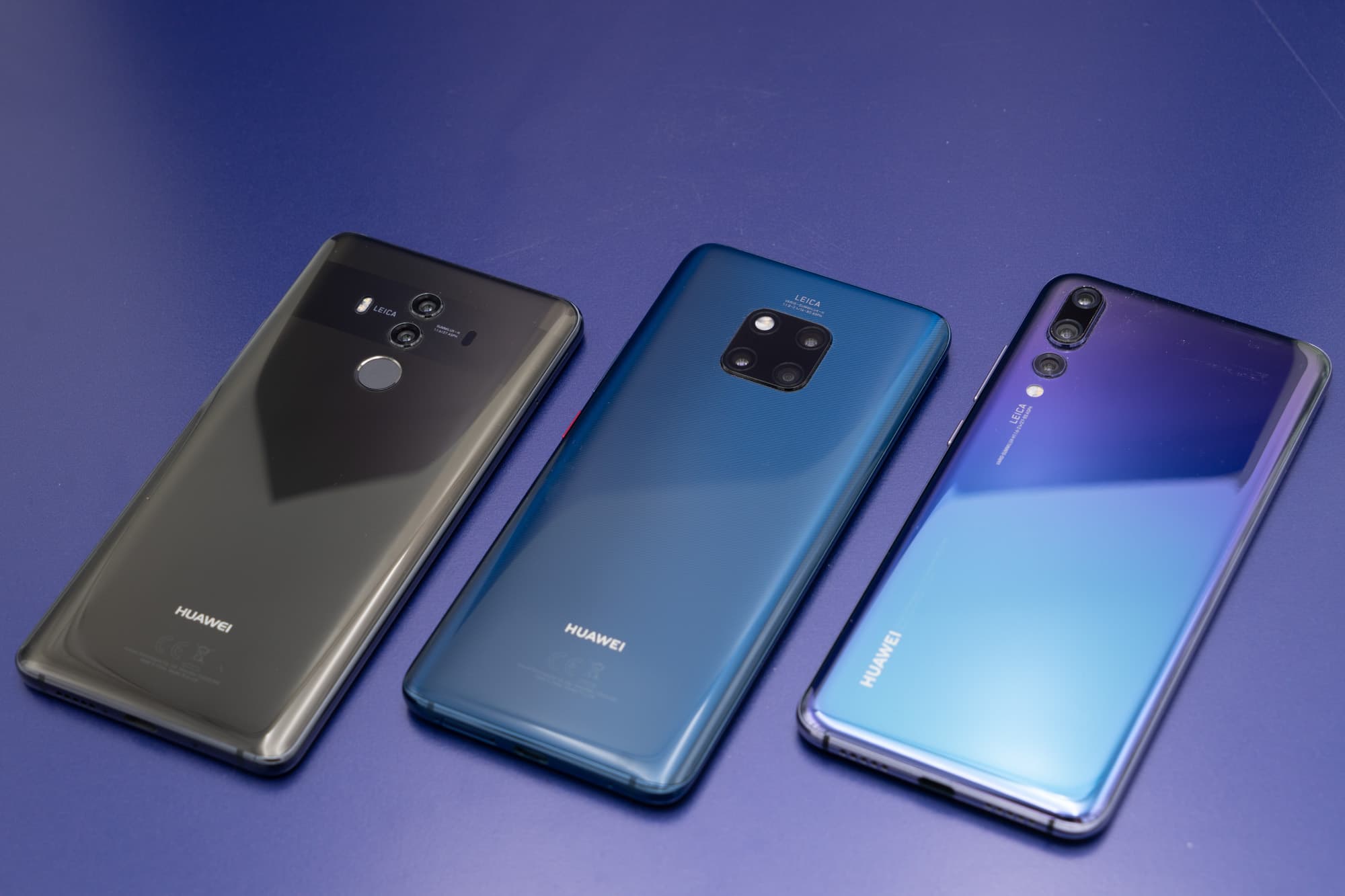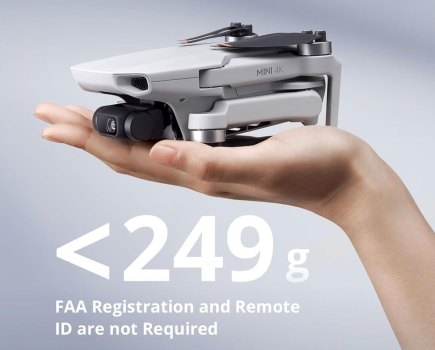Huawei Mate 20 Pro at a glance:
- Triple camera with 16mm, 27mm and 80mm lenses
- 6.39in 3120 x 1440 OLED HDR screen
- 4200 mAH battery
- IP68 water-resistant
Chinese smartphone giant Huawei has established a solid reputation for building devices with interesting, high-quality cameras co-developed with Leica. Its new Mate 20 Pro continues in this vein with a three-camera setup that features an ultra-wideangle lens alongside wideangle and portrait modules. The lenses are arranged in a square on the device’s back, alongside the Dual Tone flash that aims to match the colour of both sunlight and artificial light.
The ultra-wideangle camera offers a 16mm equivalent field of view, with an aperture of f/2.2 and a 20MP sensor, and can focus as close as 2.5cm in super-macro mode. Meanwhile the main 27mm camera combines an f/1.8 aperture with a relatively large 1/1.7in-type 40MP sensor. Finally the 80mm telephoto module only has an 8MP sensor, but its f/2.4 lens includes optical image stabilisation.
Superficially the Mate 20 Pro’s camera sounds very similar to that on the new Samsung Galaxy A9, which also has three main cameras. However from a photographer’s point of view, the Mate 20 Pro’s lenses make more sense, at least on paper. The A9’s ultra-wideangle is described as having a 120° field of view, which is very wide indeed, notionally equating to 12mm. Lenses this wide are very difficult to use effectively, and the Huawei’s 16mm should be more manageable for subject such as interiors and landscapes.
At the other end of the range, the A9’s telephoto is described as a 2x zoom, making it somewhere in the region of 56mm; the Huawei’s 80mm telephoto should be better for portraits. The Huawei also has generally higher-end aspirations as a device, being one of the firm’s twin flagship devices alongside the P20 Pro, but will cost rather more than the A9’s £549.
Compared to Huawei’s current photographic flagship, the P20 Pro, the new Mate 20 Pro gains the ultra-wide lens but loses the dedicated monochrome camera. This is very much a case of swings and roundabouts – the new 16mm lens promises exciting creative possibilities for subjects such as cityscapes and landscapes, but as a black & white fan I love the look that the dedicated mono camera provides in terms of sharpness and tonality. You will of course still be able to shoot mono pictures with the Mate 20 Pro, just don’t expect them to look quite as nice.
Huawei Mate 20 Pro onboard AI
As with its other recent flagship phones, Huawei says it’s making extensive use of Artificial Intelligence throughout the device. The Kirin 980 HiAI processor now has twin neural processing units optimised for different kinds of tasks. As a result, the firm claims the Mate 20 Pro can now recognise 1500 different photographic scenes and scenarios and apply appropriate treatment to the images via its integrated Master AI 2.0.
One particularly exciting new feature is SuperHDR, which can fuse data from up to 10 bracketed frames and record it in raw format. A ‘swirly bokeh’ effect is also promised. There’s even an underwater mode for use with a matched case that promises waterproofing to a 5m depth.
The device also sports Huawei’s AI 4D predictive focus, which is designed to recognise subjects as they move around a frame and precisely track focus on them. Again, this is said to be much-improved compared to previous devices. The new AI even allows real-time application of image-processing effects while recording video, including portrait bokeh and an AI Color mode that renders people in colour while leaving the background monochrome.
Huawei Mate 20 Pro design
While it’s similar in size to previous Huawei flagship devices, at 157.8 x 72.3 x 8.6mm, the Mate 20 Pro uses a distinctively different design. It’s based around a 6.39in OLED HDR screen that’s gently curved towards the edges, with 3120 x 1440 px resolution and a 19.5:9 aspect ratio. The fingerprint sensor is embedded beneath the screen, and the 24MP front camera system is now capable of more secure 3D facial recognition. Other features include IP68 water-resistance, a single USB 3.0 port, and compatibility with a new NM media card format to expand the 128 GB of RAM. This is 45% smaller than MicroSD and fits into the dual SIM card slot.
Power is provided by a huge 4200mAh battery that can charge from empty to 70% in 30 minutes, with wireless charging also available at a slower rate. The Mate 20 Pro can even be used as a wireless charger to top up other devices. It’ll come in a choice of five colours: Pink gold, Midnight blue, Emerald green, Twilight, Black. The blue and green models have a ‘Hyper Optical Pattern’ surface finish with extremely fine tactile ridges, that should make them more resilient to fingerprint marking and provide a better grip.
The device will run Android 9 Pie with Huawei’s EMUI 9 skin. This now includes gesture controls to replicate the traditional Android control keys.
Huawei Mate 20 Pro First Impressions
We’ve already had our hands on the Huawei Mate 20 Pro, and at first sight, it looks like a very impressive device with a really attractive design. The new 16mm camera should be exciting for photographers looking for a phone that can capture more expansive views than their current device, for example when shooting landscapes, interiors or architecture. However monochrome lovers may prefer the P20 Pro instead.
We’ve been really impressed by the photographic capabilities of previous Huawei smartphones with Leica cameras, including last year’s dual-camera Mate 10 Pro and the current triple-camera P20 Pro. So we’re looking forward to putting the Mate 20 Pro through its paces in a full review. Pricing and availability are still to be confirmed.












